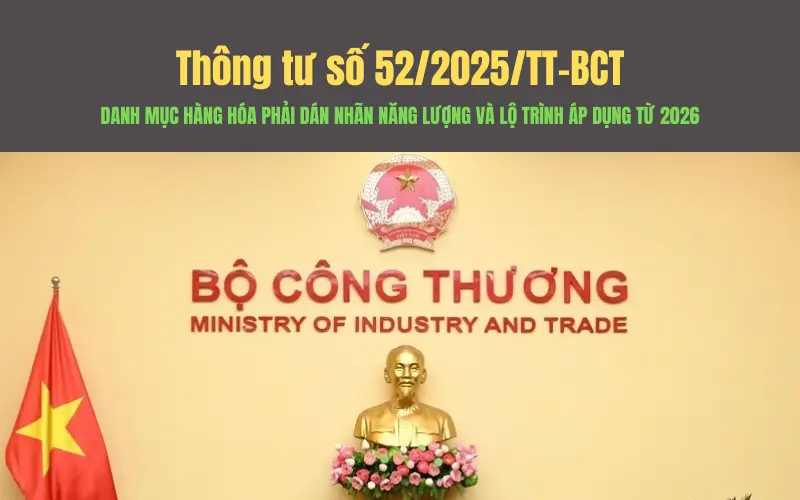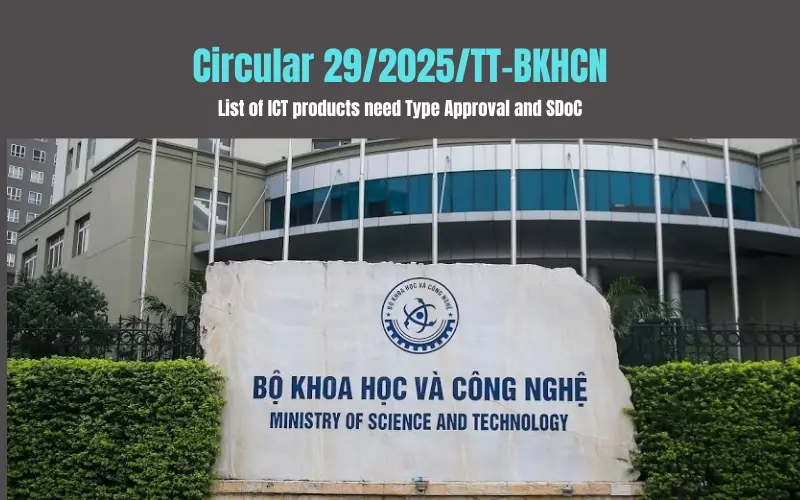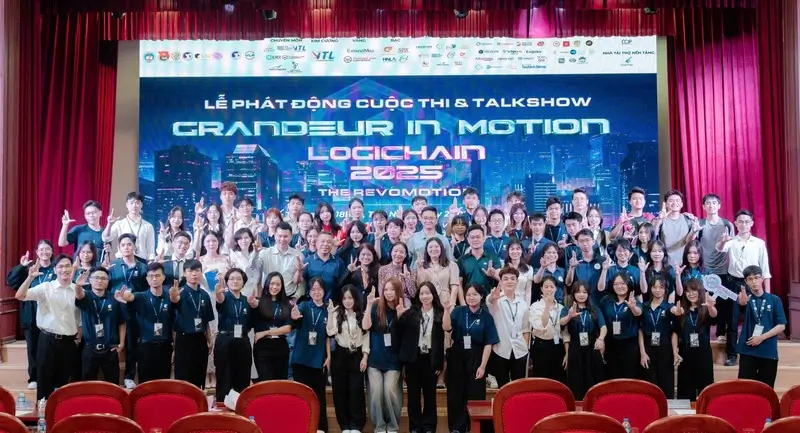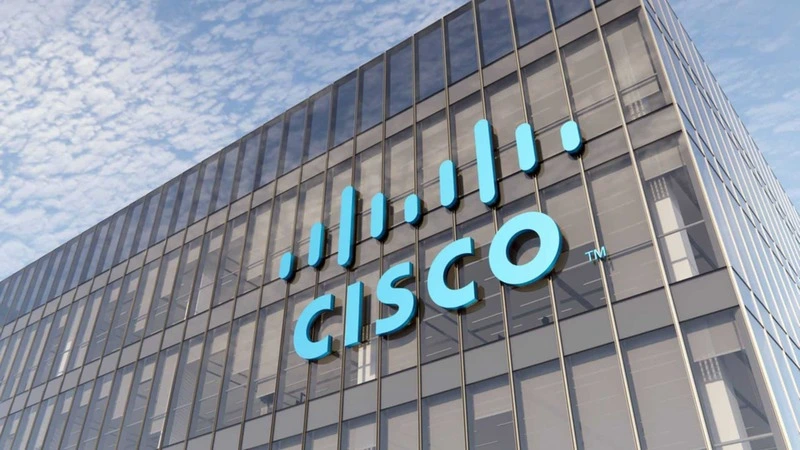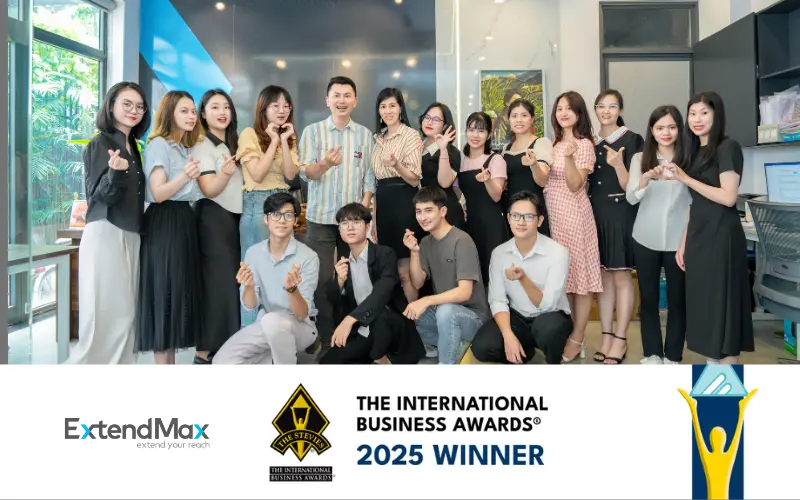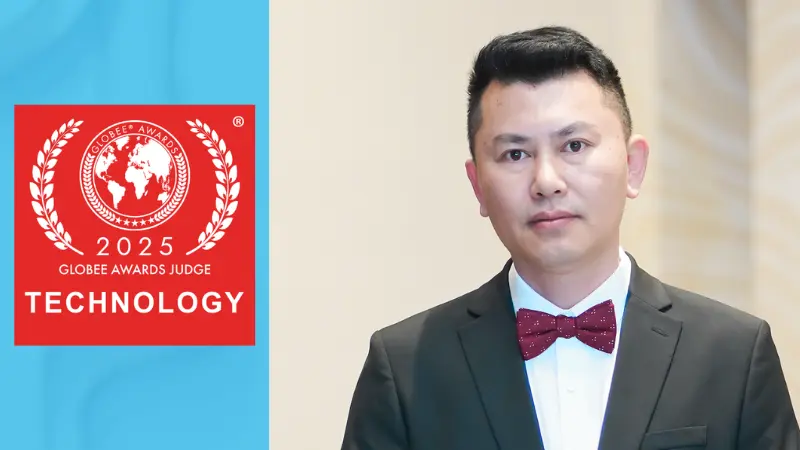Four days in Thailand, for us, is not just a simple company trip. It is a trip of teammates who have accompanied together through many difficult projects, a trip of a collective that always seeks meaning in every moment.
Day 1: Bangkok from the idyllic
As soon as we arrived in Bangkok, instead of moving to the coast or looking for luxury check-in points, we started our trip by taking the BTS and enjoying boat noodles – a dish imbued with street culture. Check-in at the Victory Monument, stroll through Pratunam Market, gather to shop, stroll through the hustle and bustle of Bangkok's daily markets. Just like that, the ExtendMax team puts aside the pressure and regenerates energy with simple things.
Famous Baan Kuay Tiew Ruathong Boat Noodles
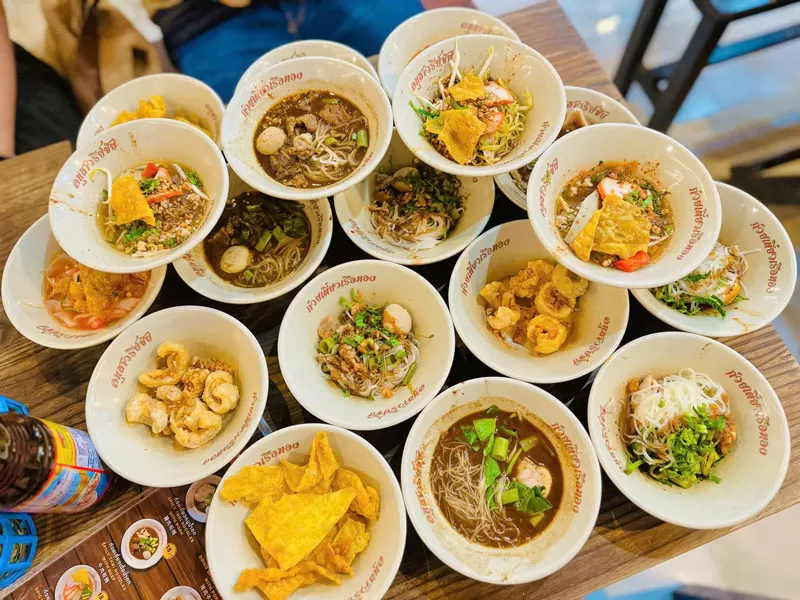
Baan Kuay Tiew Ruathong Boat Noodle Shop is located at 1/7 Ratchawithi Rd, near Victory Monument BTS station, in the area of "Boat Noodle Alley" – an alley specializing in boat noodle shops along the canal in Bangkok. The shop has a history of more than 30 years, dating back to the time when boat noodles were sold on boats along the canal. The restaurant's diverse menu includes noodles with beef, pork, tom yum, yen ta fo (fermented pink tofu juice)... Choose "dry" or "water" and fibers such as egg noodles, pho, noodle soup. Since each bowl is quite small, customers will usually order multiple bowls at the same time to try all the flavors and avoid having to wait for a long time. You should add fried pork skin to the bowl of noodles to increase the attractive fat crunch. If you have the chance to visit Bangkok, Baan Kuay Tiew Ruathong is worth a visit – to try the traditional boat noodles in the right way!
BTS train travel experience
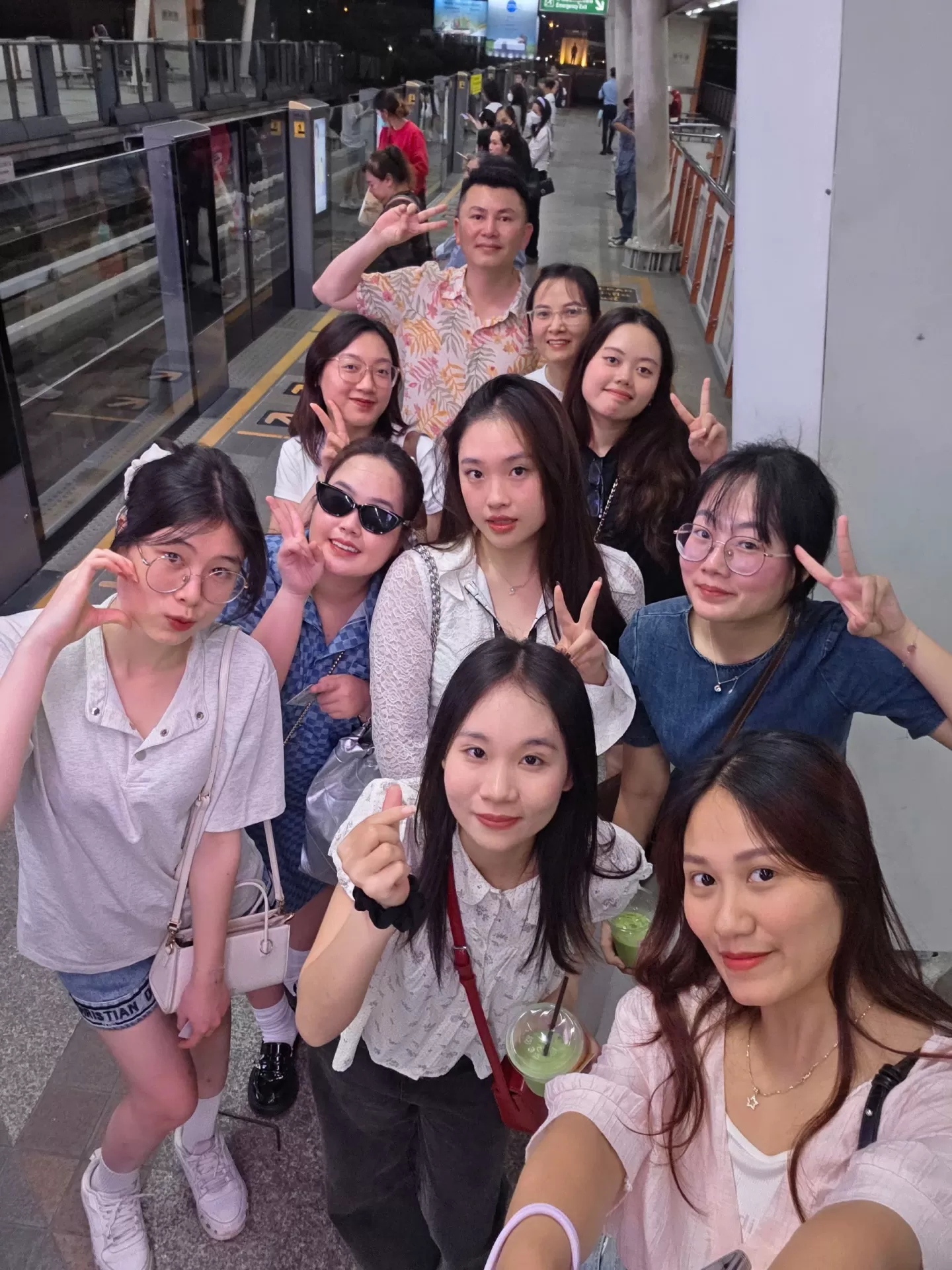
BTS Skytrain (Bangkok Mass Transit System) is an elevated train system operated by BTSC under the ownership of Bangkok City. Officially operating from December 5, 1999, BTS is the first train system in Thailand. The total length of the current BTS system is about 70 km with 64 stations and serves an average of >700,000 passengers/day with 3 main lines:
- Sukhumvit Line (light green) is ~51 km long with 47 operating stations, connecting from Khu Khot (north) to Kheha (southeast);
- The Silom Line (dark green) is ~13 km long with 14 stations, from the National Stadium to Bang Wa;
- Gold Line – short APM bus route (~1.8 km, 3 stations) connecting from Krung Thonburi (Silom Line) to Khlong San, serving Iconsiam.
Single journey tickets range from 16 – 62 THB, depending on the distance. The Rabbit Card (integrated card) with a deposit of ~100–200 THB, or the One-Day Pass (140 THB) (available in 1 or 3 days) are also affordable options if you use this vehicle regularly during your days in Bangkok.
The BTS Skytrain is truly the "backbone" of Bangkok's public transportation - fast, convenient, safe and covers important tourist and commercial attractions. If you come to Bangkok, familiarizing yourself with and using the Rabbit card in combination with the route map will make your journey much more comfortable and easier, especially convenient when traveling during peak hours of Bangkok traffic to avoid traffic jams.
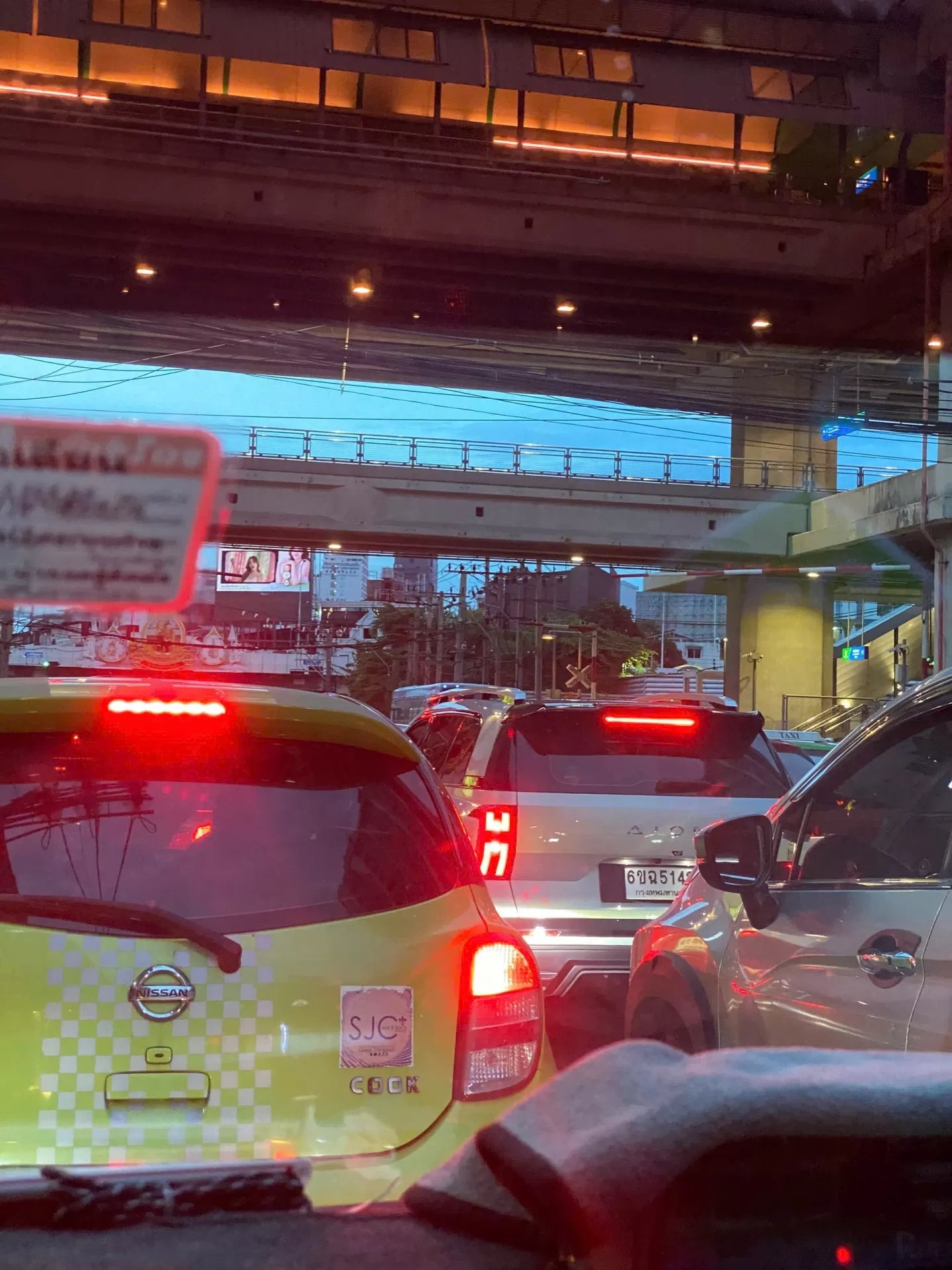
Pratunam Market Food Counter
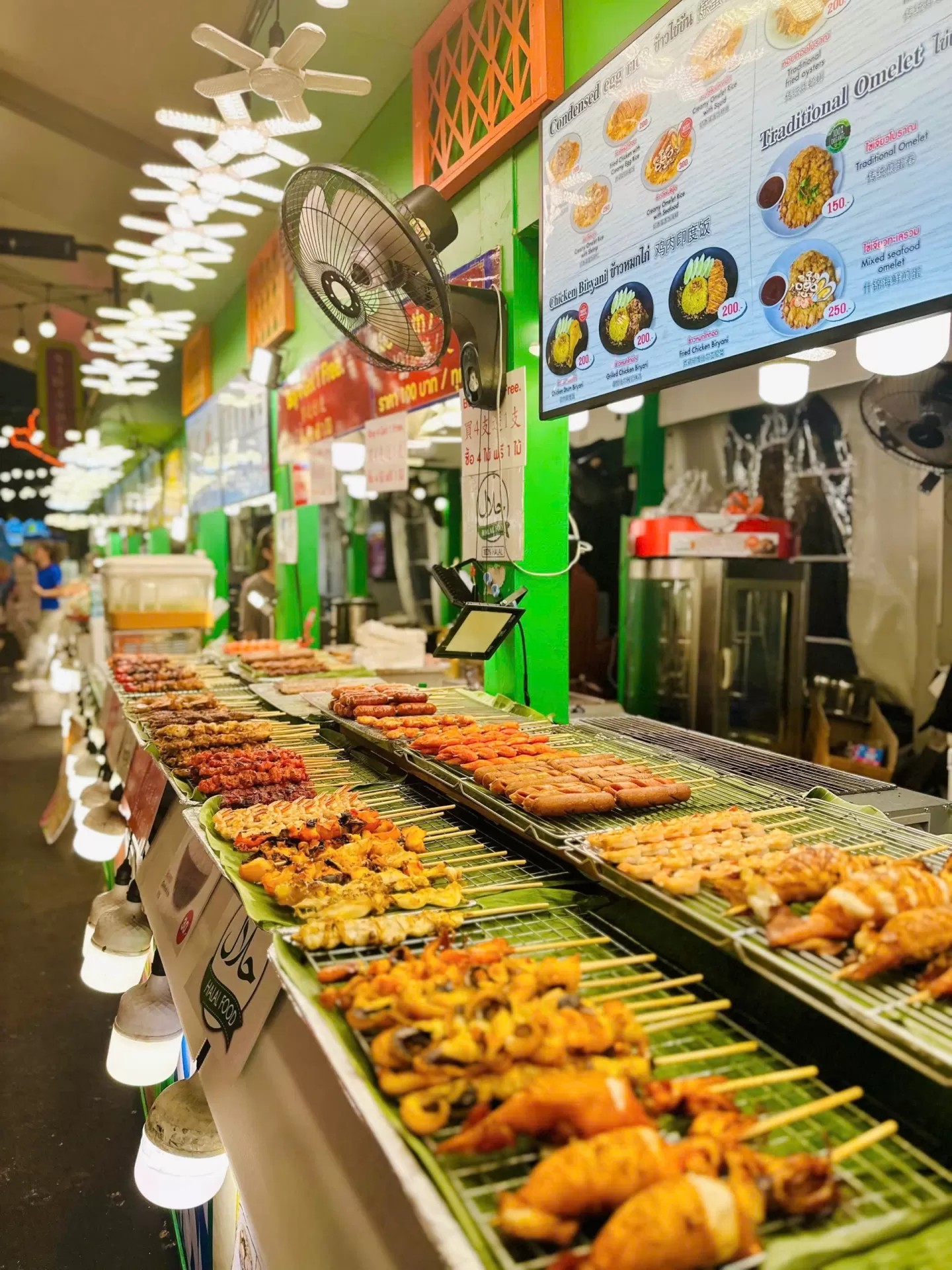
Pratunam Market, one of Bangkok's busiest and most popular shopping destinations, is located at the intersection of Ratchaprarop & Phetchaburi Road, in Bangkok's Ratchathewi district. Pratunam" means "water gate", referring to the sewers that regulate the water along the Saen Saep Canal and the history of the area as a river area. The market is open 24 hours, but most of the stalls are open around 5:00 – 9:00 (morning), the busiest from 11:00 – 14:00, some open until 21:00, and the night market lasts until midnight or more. The market is near BTS Skytrain stations such as Ratchathewi or Chit Lom, a few minutes walk away, or you can take a tuk-tuk or taxi, especially near or from major shopping malls such as CentralWorld, Platinum Fashion Mall.
To experience shopping at Pratunam Market, you need to make sure to bring enough cash as many shops do not accept cards, and paying in cash is usually better priced. Bargaining is normal, so don't be afraid to ask the price and discount it gently with a smile. Around the area, there are many stalls selling street food such as Pad Thai, Som Tum, barbecue skewers, mango sticky rice, gaeng porridge... served quickly, cheaply and very deliciously. There are also other shopping malls nearby such as Platinum Fashion Mall (7 floors specializing in fashion & accessories), CentralWorld, Erawan Shrine, which is very convenient when combining sightseeing and shopping.
Pratunam Market is an ideal destination for those who want to hunt for cheap fashion goods, enjoy a vibrant atmosphere, and experience Bangkok's traditional market culture. Although crowded and sometimes chaotic, this is a place where you can explore local shopping styles, try your hand at bargains, and enjoy quick street food.
Day 2: When ExtendMax shines on the Asian stage
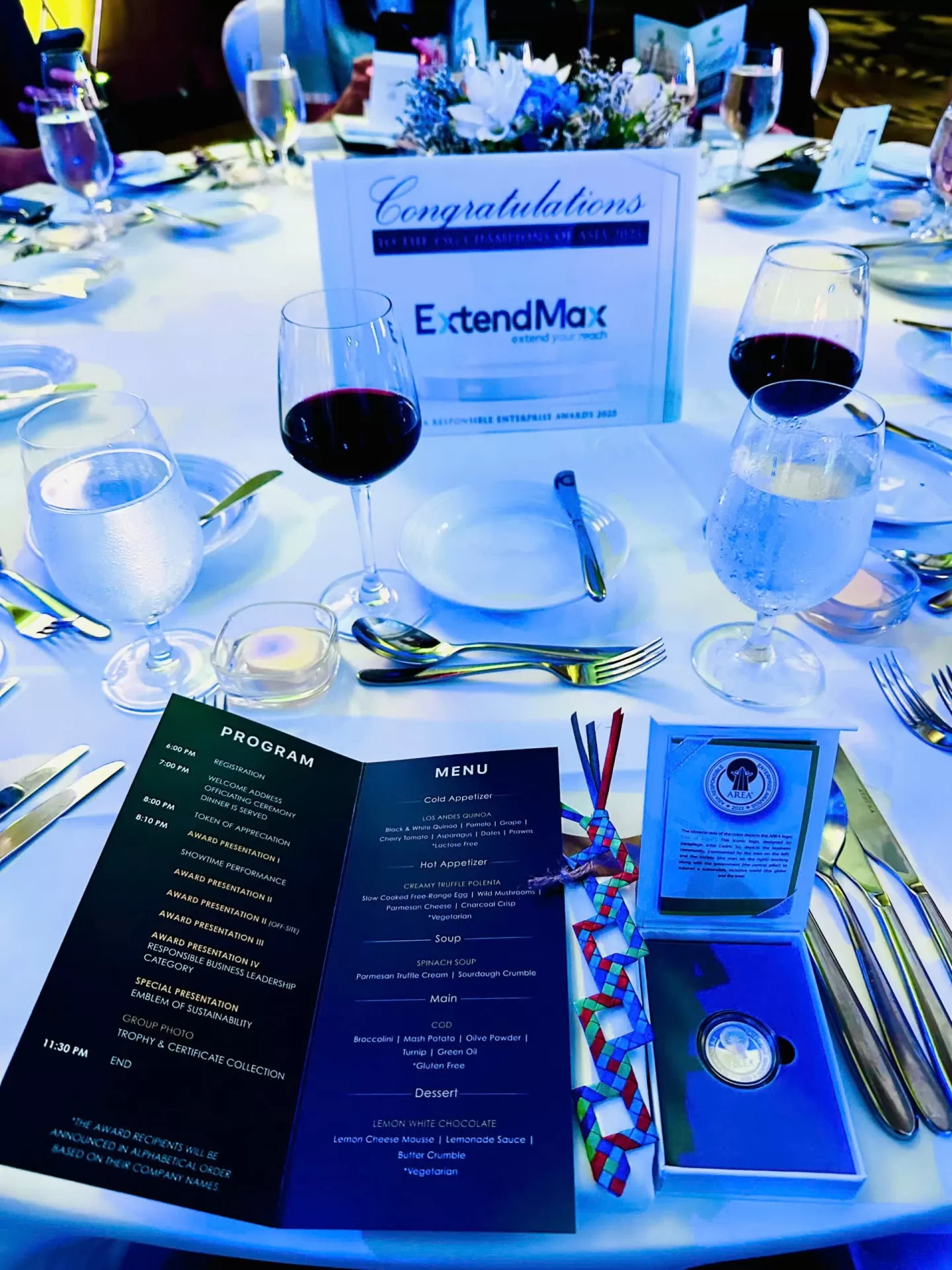
After just one day of learning about the local culture, ExtendMax entered a memorable moment: attending the Asia Responsible Enterprise Awards (AREA) 2025 ceremony at the Athenee Hotel. In a luxurious space and warm applause, ExtendMax's representative - CEO Tran Thanh Phuong received the Green Leadership Award, marking a proud milestone in the ESG journey.
Every applause, every flash, is a recognition of persistent efforts, and a new source of encouragement for the ExtendMax team to continue to innovate and integrate.
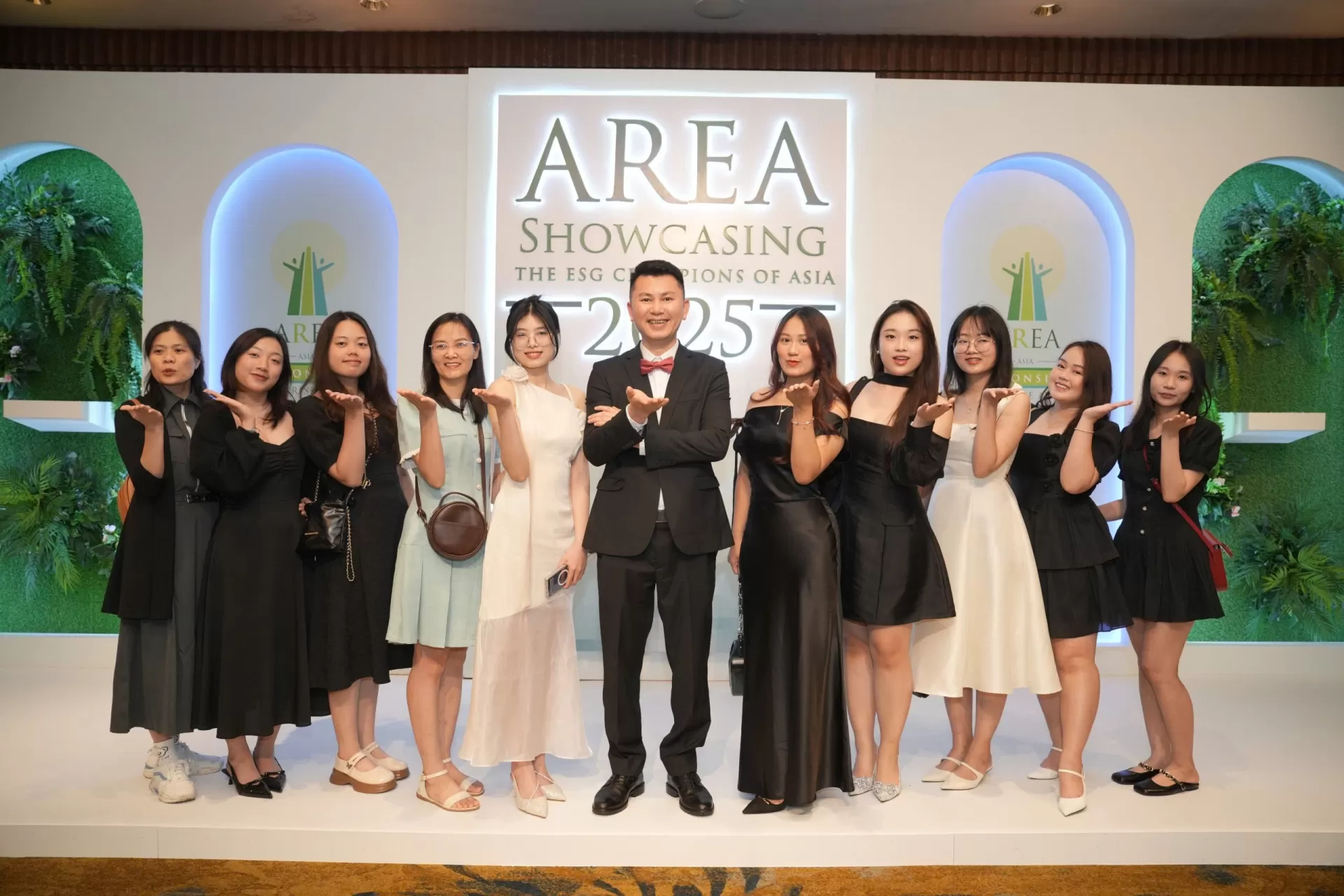
Day 3: Art, shopping, food
We started our third day at MOCA Bangkok – a museum of contemporary art that opens up our minds and seeks beauty through creative languages. Afterwards, the group immersed themselves in the bustling atmosphere at Chatuchak – Bangkok's largest weekend market, before visiting Terminal 21 and enjoying a lively evening meal in China Town. This multi-dimensional series of experiences makes each individual in the group bring new perceptions – about teammates, about corporate cultural values, and about how a trip can bring more benefits than we think.
Artworks at MOCA Museum
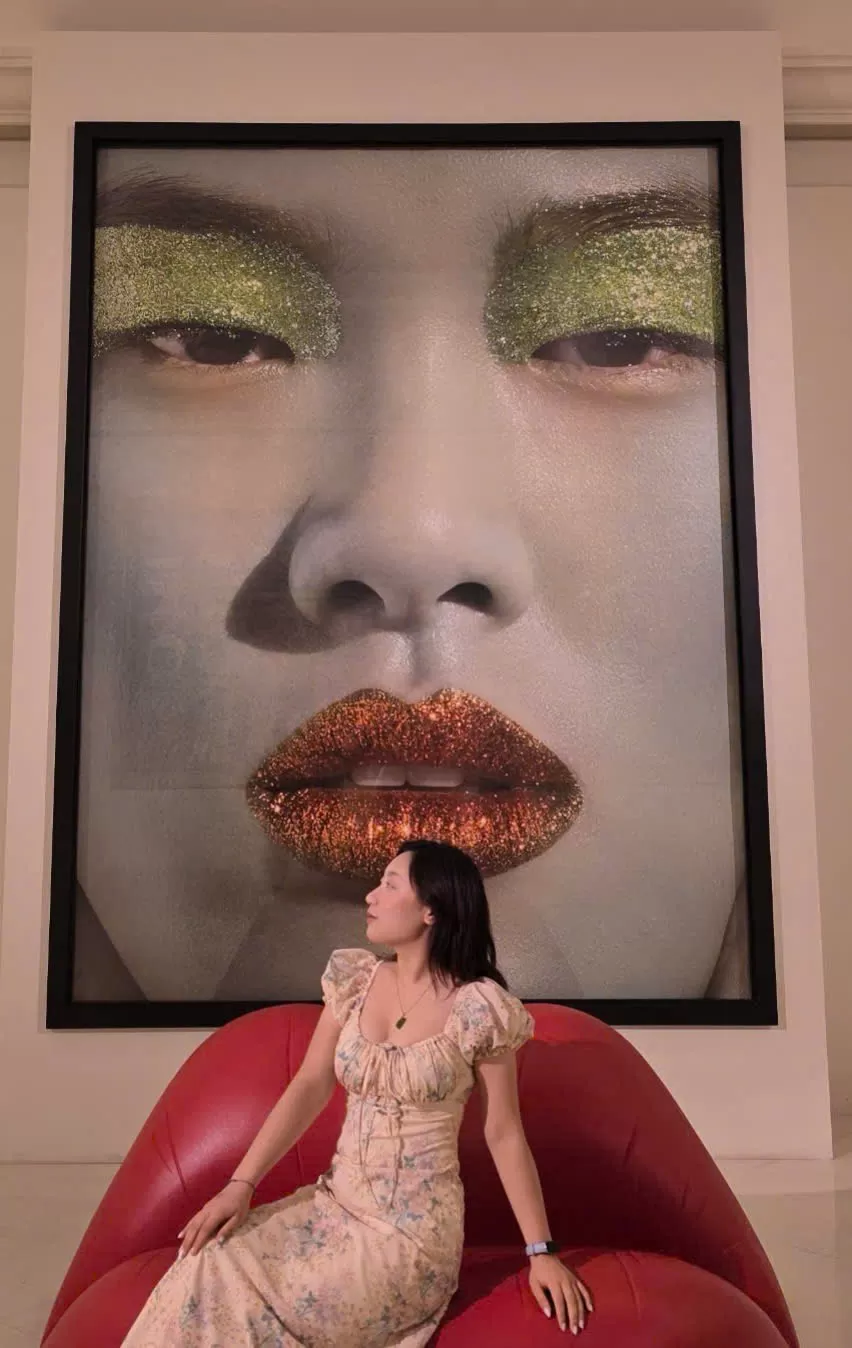
Museum of Contemporary Art (MOCA) Bangkok — the leading contemporary art museum in Thailand was founded on March 23, 2012 by businessman Boonchai Bencharongkul to preserve and develop Thai contemporary art. It is one of the largest contemporary art museums in Asia, with over 800–1,000 diverse works of painting and sculpture. The museum was built in honor of Silpa Bhirasri (Corrado Feroci) — the father of Thai modern art who founded Silpakorn University. The museum is open from Tuesday to Sunday, 10:00 – 18:00. The ticket price is 300THB for adults and free for children.
The museum consists of 5 floors, each with its own theme, creating a rich artistic journey:
- 1st Floor: Works by National Artists (Chalood Nimsamer, Paitun Muangsomboon, Khien Yimsiri)
- 2nd Floor: Modern Art of Life and Society (Kamol Tassananchalee)
- 3rd floor: Creative works, exploring Thai culture (Sompop Budtarad, Prateep Kochabua...) and the "House of Phimphilalai" room
- 4th Floor: Various paintings from Thawan Duchanee, with the triptych "Heaven, Earth and Hell"
- 5th Floor: International Art (USA, China, Europe), Richard Green Room with classic European paintings.
The building is designed in an elegant, cubic granite style with jasmine-style glass lanterns, creating harmonious natural light. The space is spacious, the main white color is suitable for visiting and admiring dozens of works.
MOCA Bangkok is the ideal place to gain an in-depth understanding of Thai contemporary art, from traditional to disruptive and enjoy in artistic architectural spaces, feeling the light and exquisite compositions. Escape the hustle and bustle of the center, spend time relaxing and relaxing.
Chinatown in Bangkok - a place where the rich culture, cuisine and history of the Chinese community in Thailand converge.
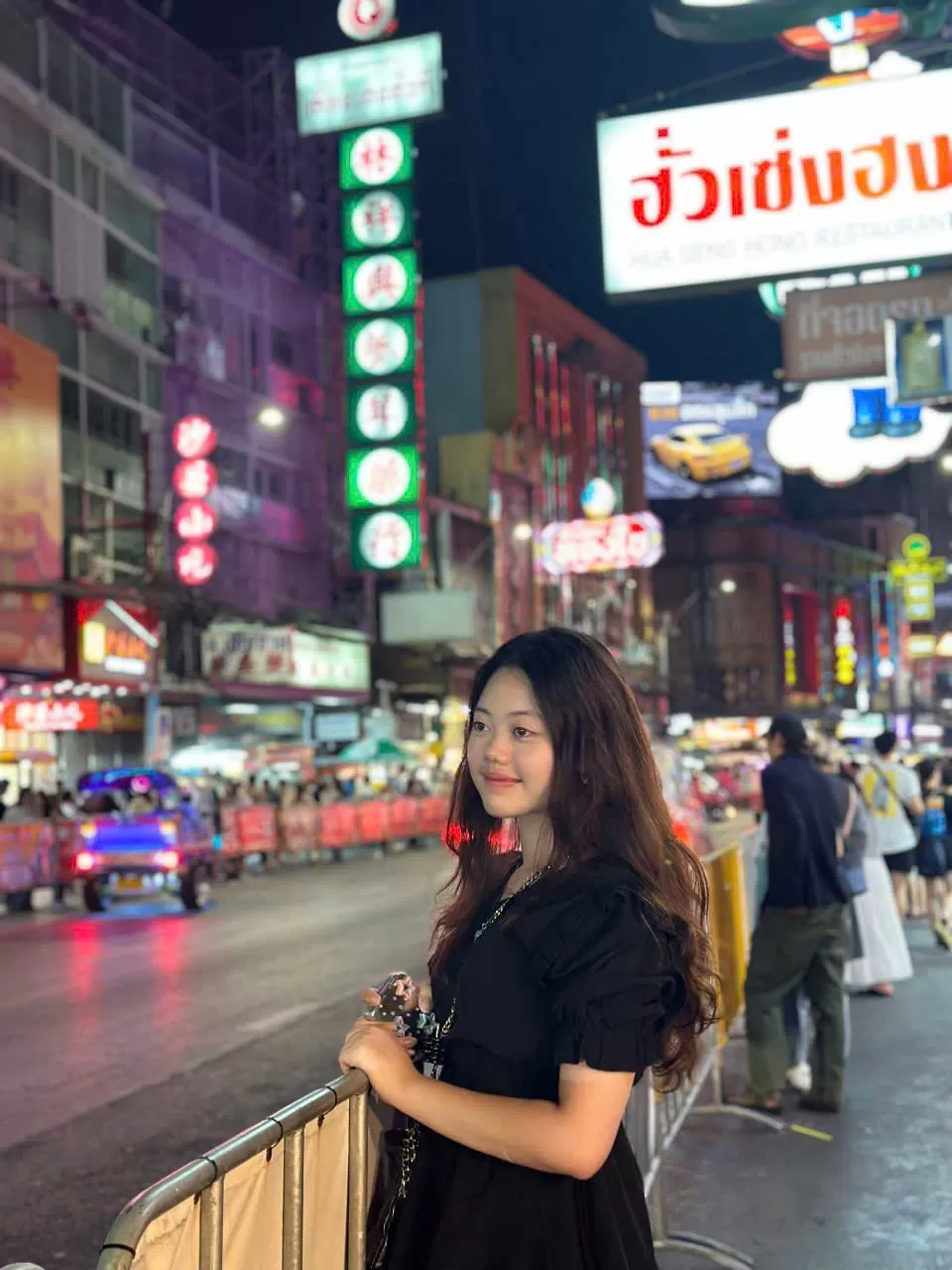
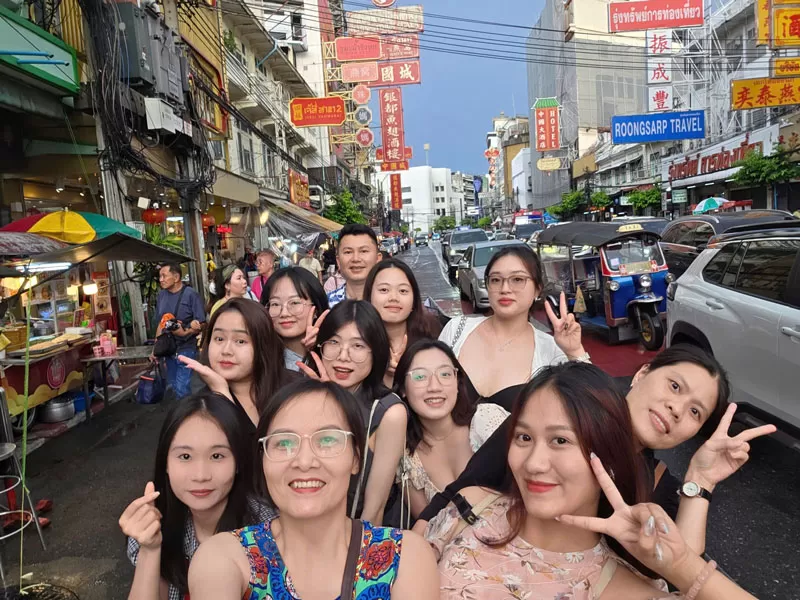
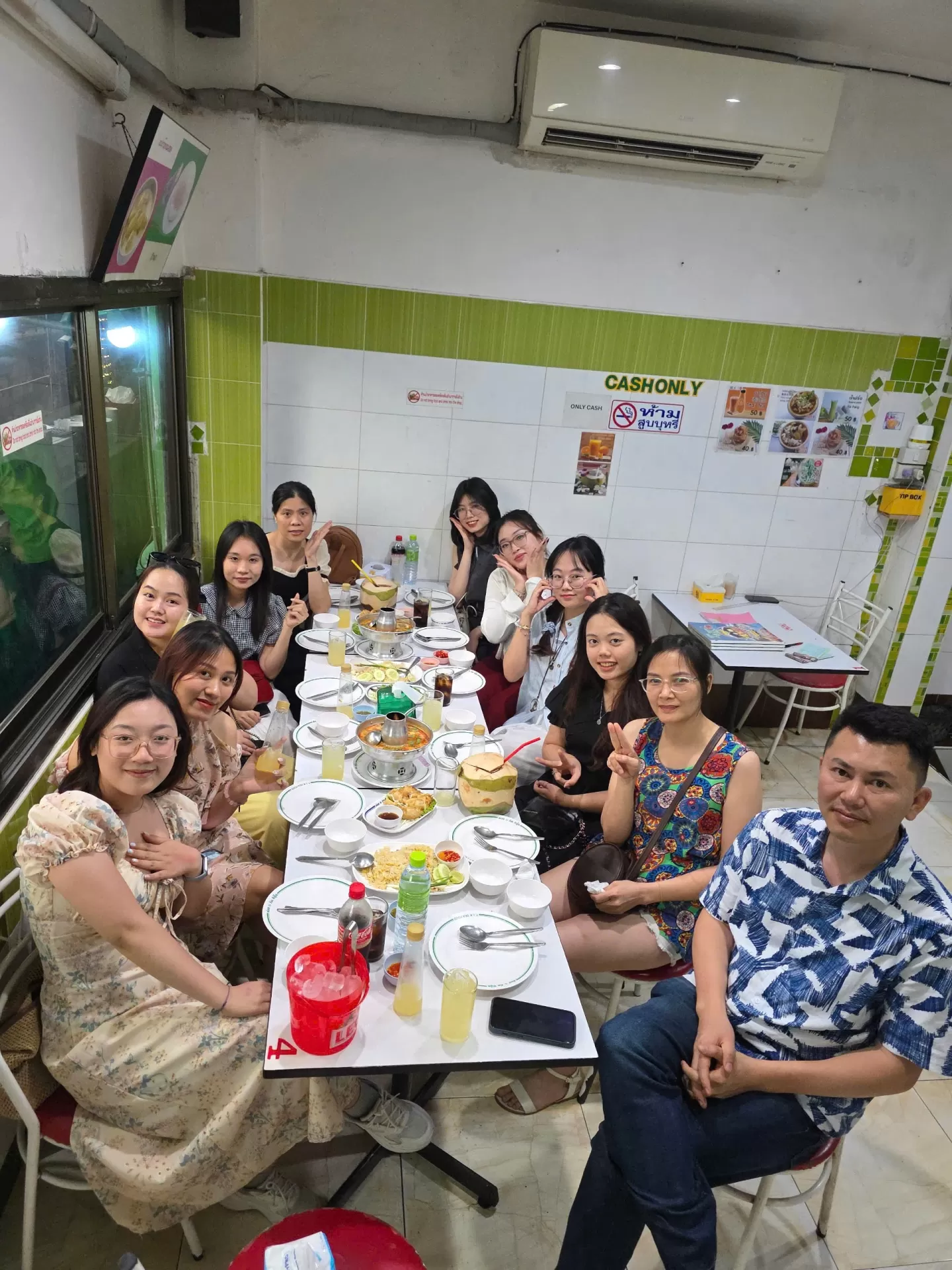
Bangkok's Chinatown originated in 1782, when King Rama I allowed the Chinese (mainly Chaozhou) to settle in the area along the Chao Phraya River. The main area quickly developed into a busy commercial center during the late 19th and early 20th centuries. The main road is Yaowarat Road which is about 1.5 km long; The road is seen as a dragon stretching out and was once called "Dragon Road" and "Golden Road" thanks to its countless gold and gold bars. In addition to Yaowarat, the area also extends to routes such as Charoen Krung, Song Wat, Talat Noi, Sampeng Lane – forming a network of market streets and cultural heritage sites in Samphanthawong district.
When night falls, Yaowarat Road becomes a famous long food street, with hundreds of stalls selling oyster omelette (fried oysters), dim sum, mixed noodles, roast duck, seafood porridge, custard steamed eggs, candies, etc. prices range from 40–150 THB per street food dish or 150–500 THB at small restaurants.
Chinatown Bangkok (Yaowarat) is a place where a long history of Sino-Thai trade and vibrant contemporary culture intersect. Not only is it famous for its street food, but it is also a center of faith, festivals, art, and a cultural destination not to be missed.
Day 4: From Bangkok to Vietnam with a new spirit
We can't help but be sad when we leave Thailand, we bring back to Vietnam full of inspiration and pride. This Company Trip not only helps to bond the team, but also cultivates bravery and the spirit of breakthrough on the journey of globalization.
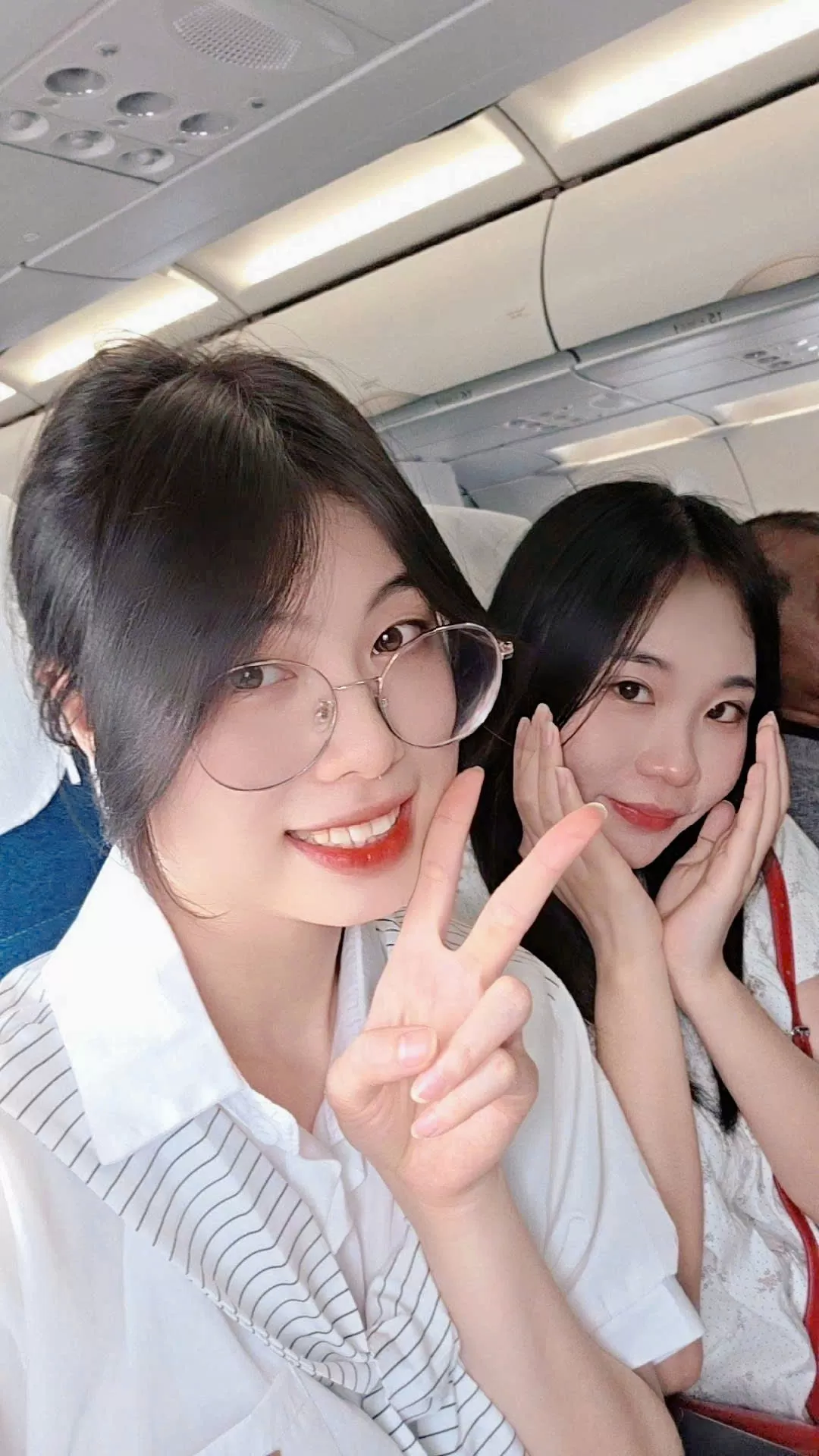
ExtendMax doesn't just work efficiently – we live our lives to the fullest!

_thumb_720.jpg)
